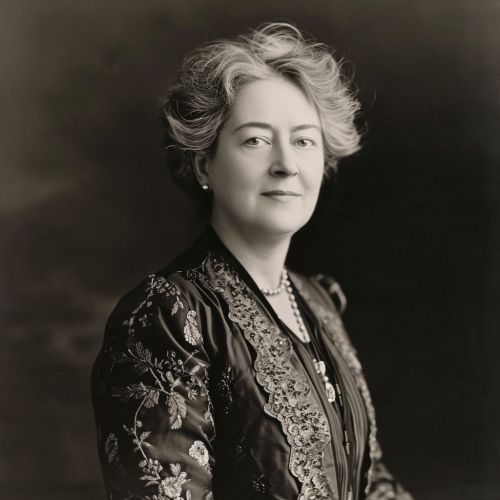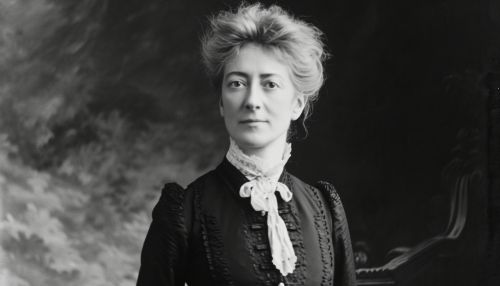Camille Saint-Saëns
Early Life
Camille Saint-Saëns was born on October 9, 1835, in Paris, France. His father, a government clerk, died three months after his birth. His mother, Clémence, sought the help of her aunt, Charlotte Masson, who introduced young Camille to the piano. An infant prodigy, Saint-Saëns gave his first public performance at the age of five.
Education
In 1848, at the age of 13, Saint-Saëns was admitted to the Paris Conservatoire, one of the world's most prestigious music schools. His teachers included Fromental Halévy for composition and François Benoist for organ. Despite his talent, Saint-Saëns' unconventional approach often led to disagreements with his teachers.


Career
Saint-Saëns' career spanned six decades, during which he composed, conducted, and performed music. His works include operas, symphonies, concertos, sacred and secular choral music, and chamber music. He is perhaps best known for his works "The Carnival of the Animals", "Danse Macabre", "Samson and Delilah", and Symphony No. 3 (Organ Symphony).
Early Career
Saint-Saëns began his professional career as an organist at the Church of Saint-Merri in Paris, and later at La Madeleine, the official church of the French Empire. His improvisational skills made him one of the most sought-after organists in France.
Compositions
Saint-Saëns was a prolific composer, producing works in nearly every musical genre. His first symphony was completed in 1853, when he was just 18 years old. His best-known works include the opera "Samson and Delilah", the symphonic poem "Danse Macabre", and the suite "The Carnival of the Animals".
Personal Life
Saint-Saëns married Marie Truffot in 1875, with whom he had two sons. However, both sons died in 1878, leading to the end of his marriage. Saint-Saëns was also known for his interest in many fields outside of music, including archaeology, botany, and astronomy.
Death and Legacy
Saint-Saëns died of pneumonia on December 16, 1921, in Algiers, Algeria. His body was returned to Paris and buried at the Cimetière du Montparnasse. His music continues to be performed and recorded, and he is often regarded as an innovator in the French musical tradition.
